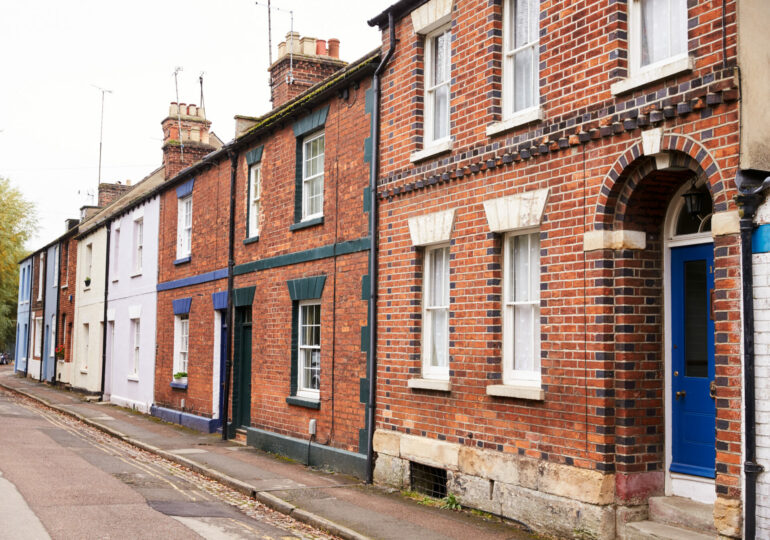Mortgage rate increases have negatively impacted demand, causing it to slump by almost a fifth (18%) in just two months, according to Zoopla.
The hikes are disproportionately affecting southern England, where house prices are already higher and property owners bear larger mortgages.
In contrast, regions further north, especially near employment centres, are showing more resilience. The largest growth over the past year has been in Halifax (4.3%), Wolverhampton (3.7%), and Falkirk (3%).
Sarah Coles, head of personal finance at Hargreaves Lansdown, said: “In southern England, where property prices are highest, mortgage rate hikes have hit harder, and prices have fallen further.”
Meanwhile, southern England is witnessing a 2.2% dip in prices over the past year. It’s also where significant asking price cuts are most prevalent, with 6.5% of properties having their prices slashed by over 5% – a figure 60% above the five-year average.
Average house prices have seen a mere 0.6% annual increase, a stark contrast to the 9.6% growth seen in June last year, and are projected to plummet by 5% in 2023.
“Year-on-year demand is down 40%. This is depressing prices. The North/South divide is alive and well,” Coles continued, noting some exceptions, such as Sunderland, Aberdeen, and Northern Ireland, which have experienced price drops of 1.7%, 0.9% and 0.8% respectively.
However, some relief for borrowers might be on the horizon. Mortgage rates might be peaking, with last week’s lower-than-expected inflation figures driving a market shift. The average 2-year fixed rate was 6.86% on Wednesday, a slight decrease from 6.83% the previous Thursday.
“We’ve already seen HSBC and TSB cut mortgage rates, and other big lenders are likely to follow suit,” Coles added, suggesting a potential move closer to a 6% rate that could provide some ease for buyers.



